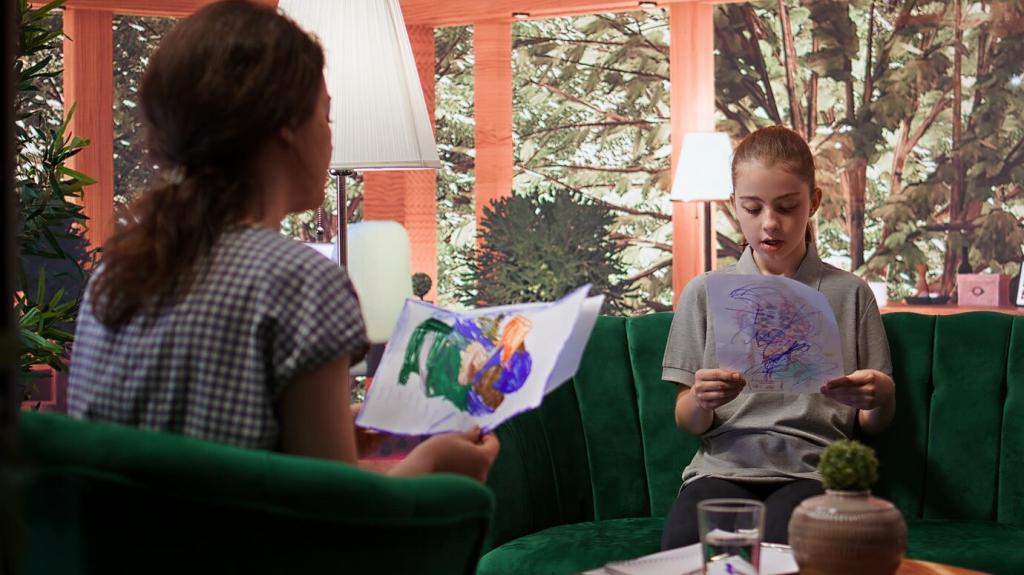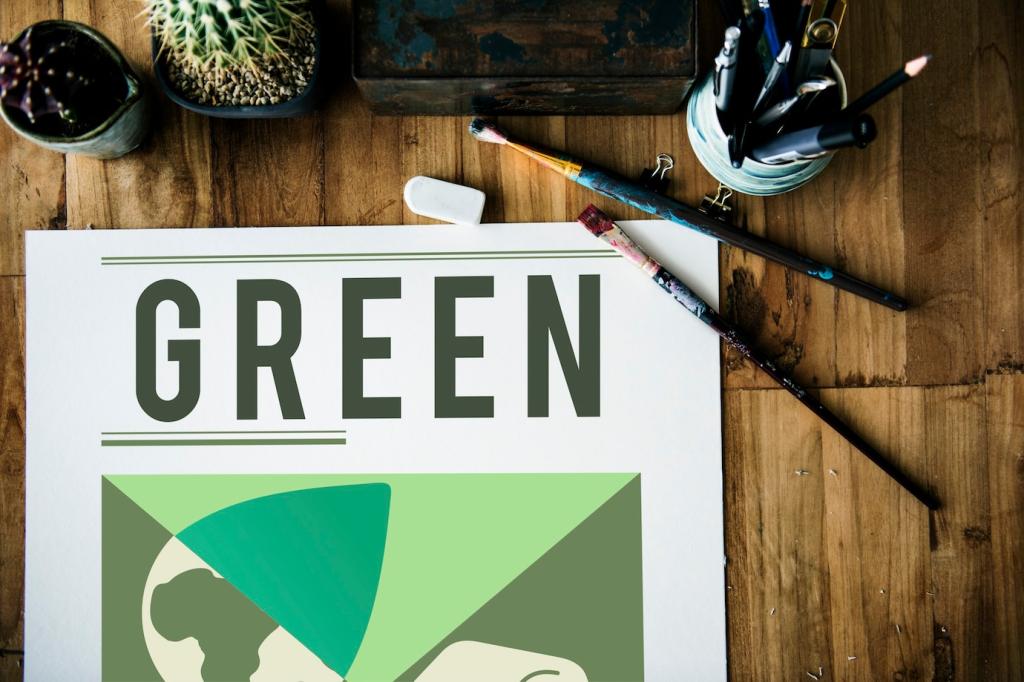Narrative Frameworks for Climate‑Positive Projects
Cast salvaged materials as protagonists: once discarded, they cross thresholds, survive redesign trials, and return refined with newfound value. This arc humanizes circularity. Try mapping your next project’s material journey and share a photo or sketch to encourage others.
Narrative Frameworks for Climate‑Positive Projects
Show the unsustainable status quo, paint a vivid future, then explain the bridge—your solution’s steps, costs, and benefits. Clear contrasts motivate action. Subscribe for templates, and post a comment describing the strongest “before” image you’ve used with stakeholders.





